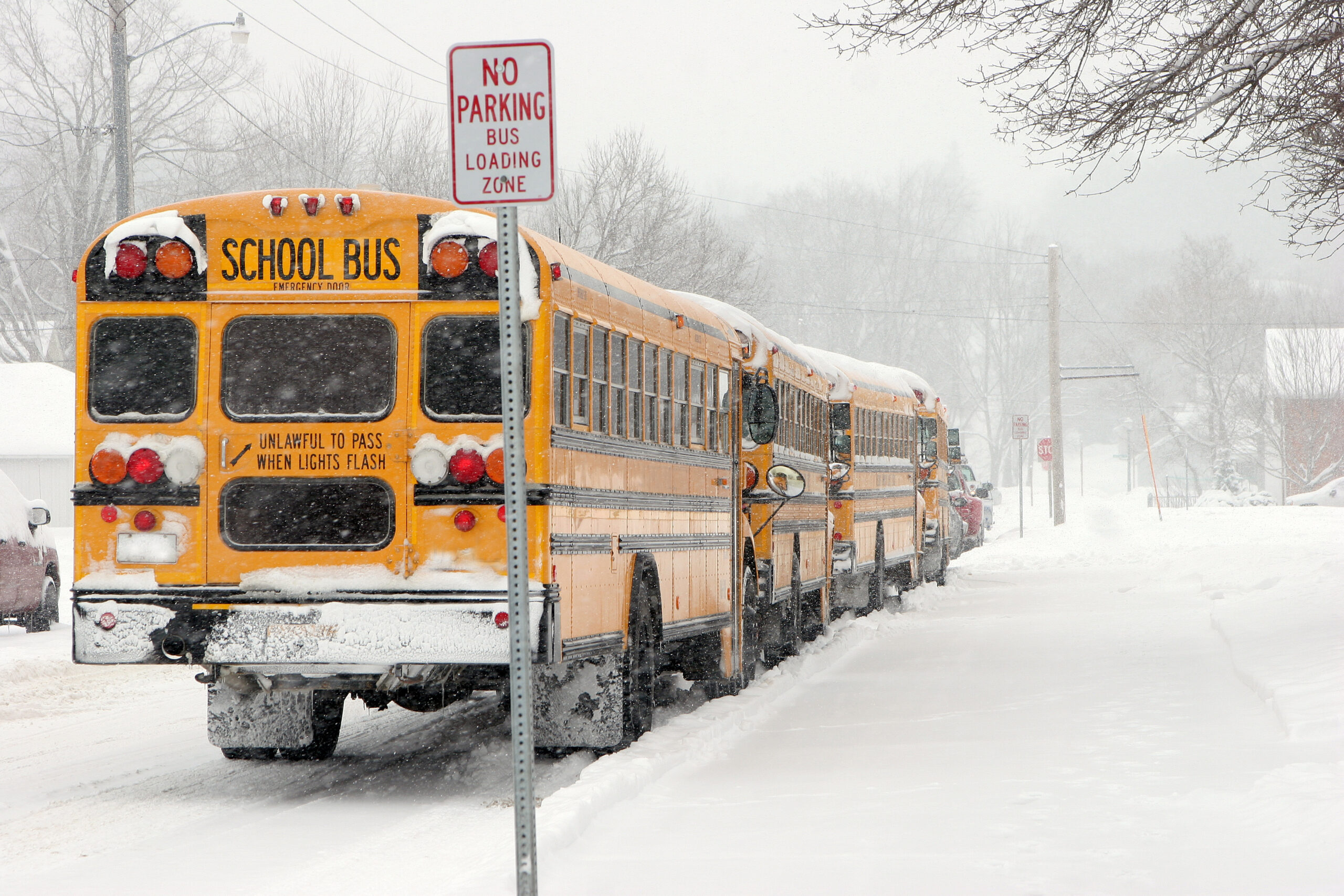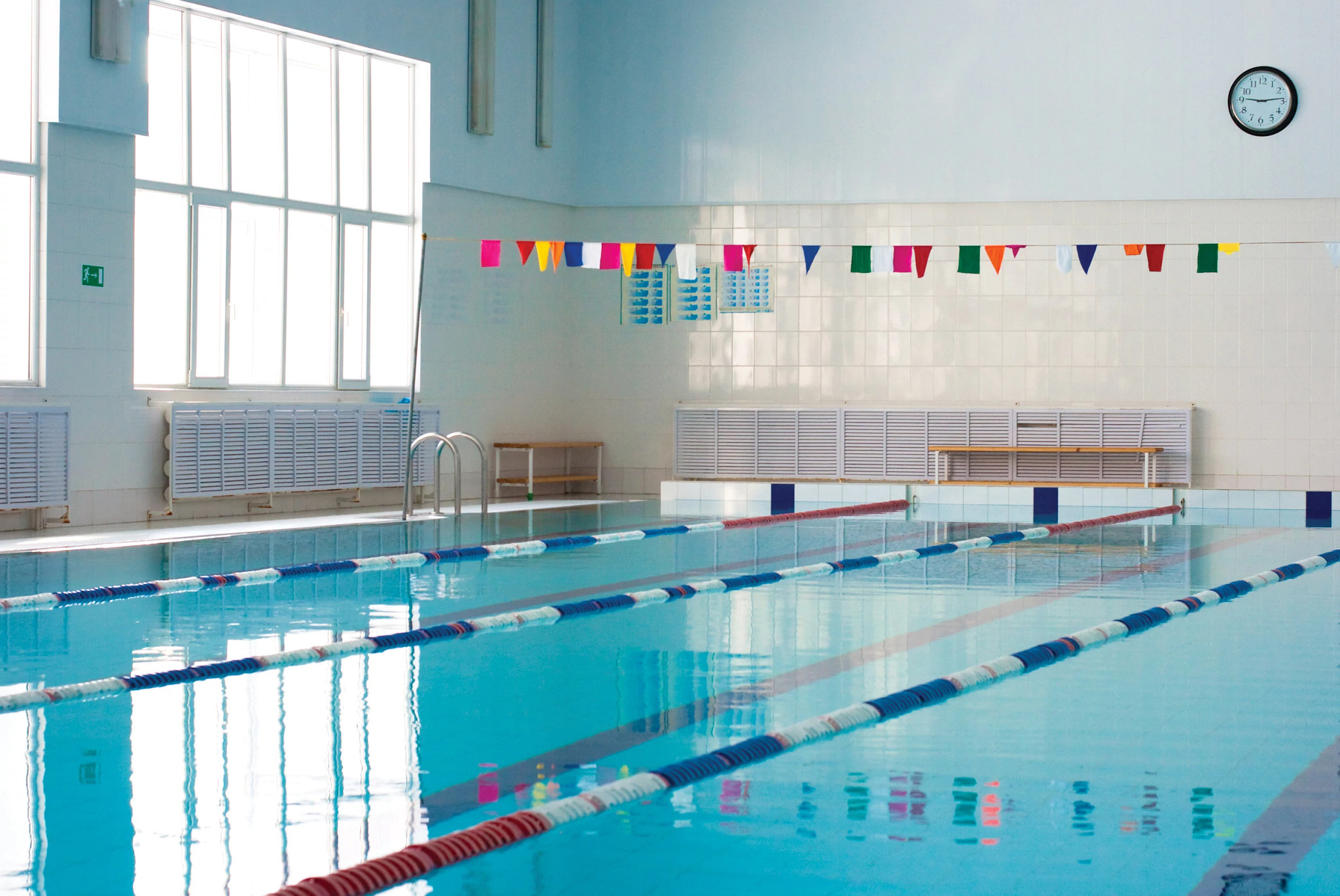String light safety in schools

Key takeaways:
- String lights are a significant fire hazard, which is why school administrators should set ground rules for staff members who want to use them.
- To avoid overloading circuits, don’t use multi-outlet strips to power lights or daisy-chain multiple string lights together.
- All string lights should be certified for safety by the Underwriters Laboratory (UL).
Ahead of holidays and festivities, some teachers and other staff members may want to start planning how they will decorate their classroom spaces.
While string lights may be attractive, they are a major fire hazard. If a school wants to eliminate its risk, a policy that prohibits string lighting should be put in place.
However, that may be a step school administrators are hesitant to take. If they wish to allow string lights in classrooms and other common spaces, they should implement some basic rules regarding their use.
Safety testing
String lights certainly don’t last forever, and the older they get, the more likely they are to malfunction. To reduce risk of fire:
- Only use string lights that have been tested for safety by a recognized testing laboratory such as Underwriters Laboratory (UL). The school should purchase the string lights to confirm they are from a reputable supplier and meet this requirement.
- Before using, check each set of lights for broken bulbs and damaged/frayed wiring.
- If staff members have doubts about whether lights were properly stored, they should discard them. Attempts to repair damaged/non-functioning lights should be prohibited.
- Check to make sure lights are being used appropriately. For example, lights designed and manufactured for interior use should never be used outdoors.
General safety
The following are important safety reminders regarding string lights in schools:
- Damaged wiring and excessive heat are common reasons why string lights can lead to fires. To minimize the risk, plug string lights directly into a wall electrical outlet. Extension cords and multi-outlet power strips can increase the risk of concentrating heat and overloading the circuit.
- When staff members are connecting multiple string lights in a series, they should never exceed the UL rating for each light and take account of the total wattage of other devices plugged into the circuit.
- Staff should unplug all lights when leaving for the day. Simply turning them off is not enough—if they are plugged in, they still pose a fire or electrical hazard.
- Never use staples to hang or secure a string of lights, as they can lead to electrical shock. Instead, use adhesive clips and hooks to fasten them to walls.
- In classrooms and other areas that serve small children, keep all lights well out of reach. Otherwise, little ones may be tempted to pull on them.
- Staff members should not use chairs to hang lights. An approved ladder should be provided.
- Choose LED lights, rather than incandescent bulbs, because they produce very little heat.
- Keep all string lights and cords away from the floor in walking areas to prevent trip hazards. If this is unavoidable, the string lights should be routed to another electrical outlet.
- Limit the usage of lights. Rather than permitting them for year-round use, clearly state in the school’s policy that lights are to be taken down, for example, after 60 days.
- Consider encouraging staff members to use battery-operated lights, which are significantly less of a hazard than plug-in lights.
- Never light candles or permit open flames.
While string lights can make a school atmosphere festive and welcoming, it’s imperative that school administrators are very specific and enforce usage. Even a small fire could result in significant loss.
Find more decorating safety tips and other ways to protect your buildings here.
Questions about string lights
Q: Why are string lights considered a fire hazard in schools?
A: String lights can overload electrical circuits and concentrate heat generation, especially when plugged into extension cords or power strips. Older or damaged lights can also malfunction, increasing the risk of fire.
Q: What are the safest ways to use string lights?
A: Plug lights directly into a wall outlet. Prohibit use of power strips and extension cords, only one string light strand should be plugged into each outlet, and string lighting cords should be checked for damage prior to installing and before each use.
Q: How can staff make sure string lights are safe before putting them up?
A: Only use lights tested by a recognized lab such as UL. Inspect each set for frayed wires, insulation damage, broken bulbs or poor storage conditions. Always use lights as intended—indoor for indoors and outdoor for outdoors.
Q: What general rules should schools follow for decorating with string lights?
A: Unplug lights when leaving for the day, avoid using staples to hang them, keep them out of children’s reach and limit use to a set period (such as 60 days). LED or battery-operated lights are safer alternatives, and open flames should never be used.




